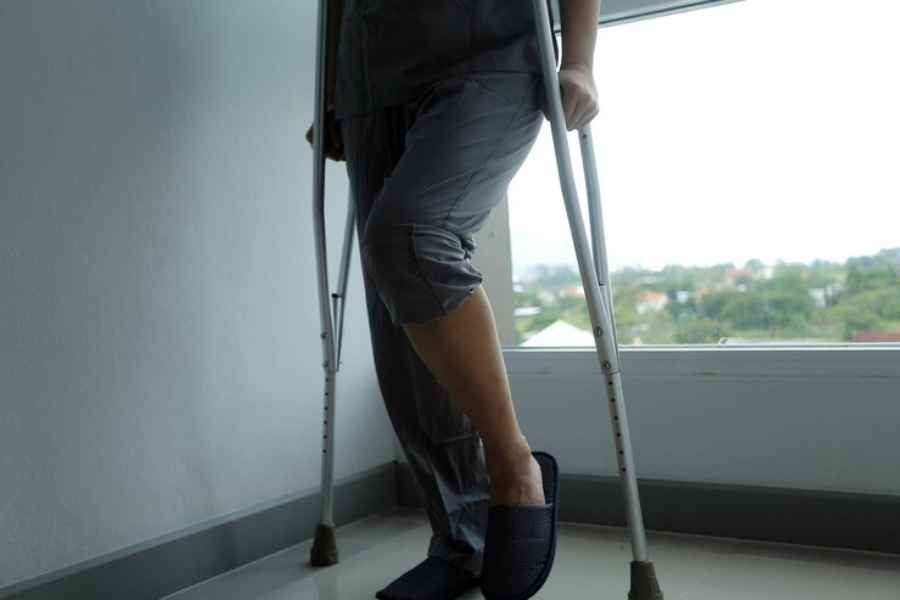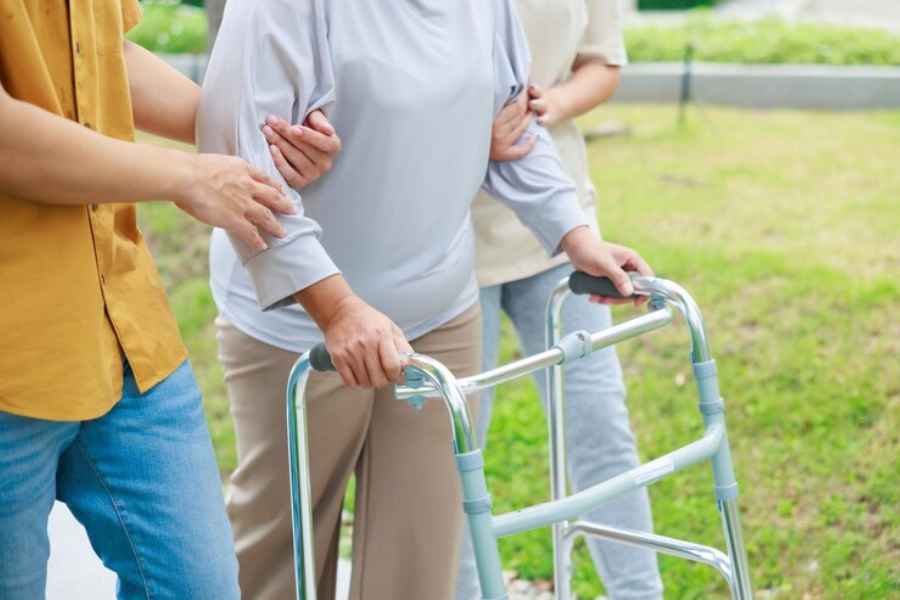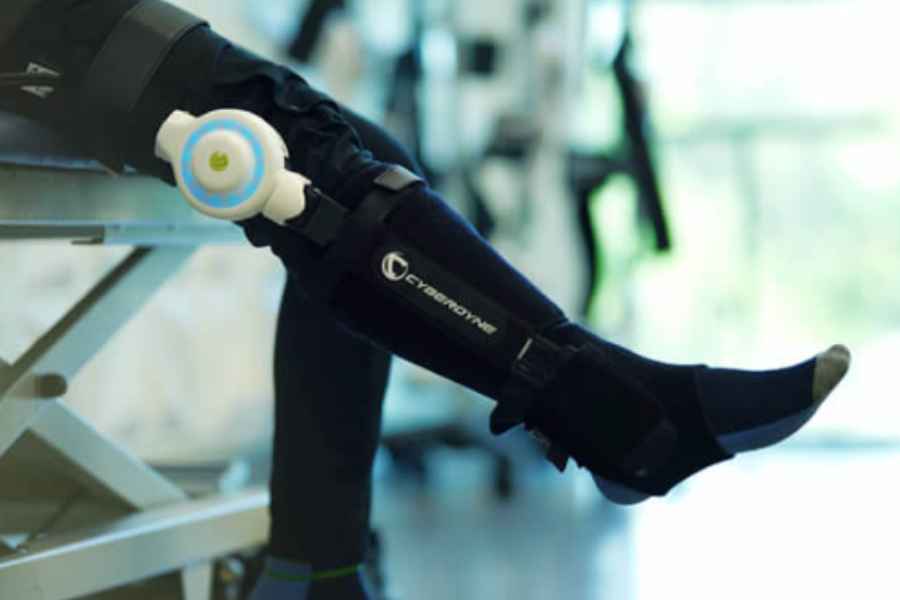
How to walk again or jog again post-knee cap surgery?
Accurate rehabilitation for Post-Knee Cap Surgery.
After a knee cap procedure or surgery, your doctor may recommend physical therapy to begin supervised strengthening exercises as soon as possible. In most cases, therapy can start immediately after surgery.
Patients should do stretching and strengthening exercises at least four days every week. These exercises should concentrate on the knee for at least thirty minutes and be combined with a cardiovascular workout that does not involve high-impact activities such as running, which stress the knee.
The Reality of Post Surgery:
I understand that you’ve been working hard on your rehab program, and I want you to know that it’s completely normal if you don’t feel any improvement for up to six weeks or longer and if your kneecap pain recurs. I know this can be frustrating, but please understand that this is just a part of the recovery process, and it doesn’t necessarily mean that you’ve experienced a setback. Just keep doing your best, and we’ll get through this together.
Post Knee Cap Surgery and Rehabilitation:
You can start gentle stretching around your kneecap within a week. Restoring early range of motion can help reduce swelling and stiffness and shorten healing time.
The rehabilitation process includes gradual progression into strengthening exercises that target the quadriceps and hamstrings, the main stabilizing muscles for your knee. It’s crucial to remember that your leg muscles will become stronger over time, and you’ll gradually increase the amount of weight you use. Building strength requires dedication since it can take weeks to see results, and pain may resurface. However, every step forward brings you closer to your ultimate goal of complete recovery.
As your injured leg’s muscles become as strong as the uninjured ones, rehab focuses on coordination. After six weeks, physical therapy can include complex movements like using exercise machines. Remember that your progress may vary, but you’re on the right track.

What will happen during post-knee-cap rehabilitation?
You will undergo a series of rehabilitation steps from the first post-operative consultation to approximately one and a half months.
Improvement of trophic: peri-articular massages
Post-operative care is a crucial part of your recovery. It includes raising your leg, applying an ice pack, and undergoing physiotherapy. These measures are designed to manage post-operative pain and reduce swelling, which can significantly impact your healing process.
It is stretching of the external hip rotators and internal knee rotators.
- You must obtain perfect knee locking-in extension: contraction of the quadriceps with crush-cushion and co-contractions.
- Apply muscular work of the external rotators of the hip (pelvitro-chanteric) and the knee’s internal rotators, including the internal rectus and semitendinosus.
- If the knee remains flexed, fight against it and also against possible recurvatum by eccentric work of the pistachios and the triceps suprae.
- Muscular work of the quadriceps, mobilization of the patella (vertically, inwards, but never outwards), refocusing with stimulation of the quadriceps, overflows of energy, and excito-motor currents.
- Ensure that the knee bends 90° at the end of this phase: passive, active-passive, and arthromotor mobilization if necessary.
- Work on proprioceptive that covers unloading and then standing.
- Walking work, we can do without crutches after a month.
- What will happen from a month and a half to 3 months?
- Walking is now done without a brace, the knee is locked, and flexion reaches or exceeds 90°.

Further Progress in Rehabilitation
- We must avoid open chain work on the quadriceps, especially in EXT (significant patellofemoral constraints), but adopt work in closed chain mode, between 10° and 50° low patellofemoral constraints. Open chain work refers to exercises where the end of the limb is free to move, while closed chain work involves exercises where the end of the limb is fixed, such as squats or lunges.
- Do the strengthening the hamstrings such as open chain-internal stroke, possible eccentric anti-recurvatum mode and closed chain.
- Work on the internal rotators of the knee.
- Triceps work: It opposes patellar hyperpressure induced by eccentric braking of the quadriceps. For example, when descending stairs
- At the end of the third month, you should start experiencing significant improvements. Your knee should be dry and cold, bend almost normally, and walk without a problem. These are positive signs that your rehabilitation is progressing well.
- From the 3rd month: gradual return to sportive actions. On average, patients can start resuming their training in the 6th month. However, this timeline may vary depending on individual factors and the progress of your recovery.
Rehabilitation with advanced technologies:
Rehabilitation of the lower limb and bodybuilding on an isokinetic machine.
Start your exercise routine by stepping, biking, using the press machine, and swimming, excluding breaststroke. Many advanced technology solutions can speed up your post-knee cap surgery rehabilitation.
Do you want to ensure that your recovery is both accurate and smooth during post knee surgery? Look no further! We have the solution for post knee cap surgery and rehabilitation

Our proven methods guarantee a faster, more precise, and smoother rehabilitation process. Act now and take the first step towards a successful recovery. We propose Cyberdyne for post knee cap surgery rehabilitation
It is the Wearable Cyborg™ designed for treatment to improve physical function. It is a medical device to treat people with disorders in the lower limb. The product obtained CE Marking [CE 0197] conforms to the requirements of Medical Device Directives in the EU and US FDA
Reference
Dynamic Pilates for Rehabilitation and Injury Prevention – Power Pilates UK.
Talk to us – info@bestneurorehab.com
Follow BNC for more useful Content

